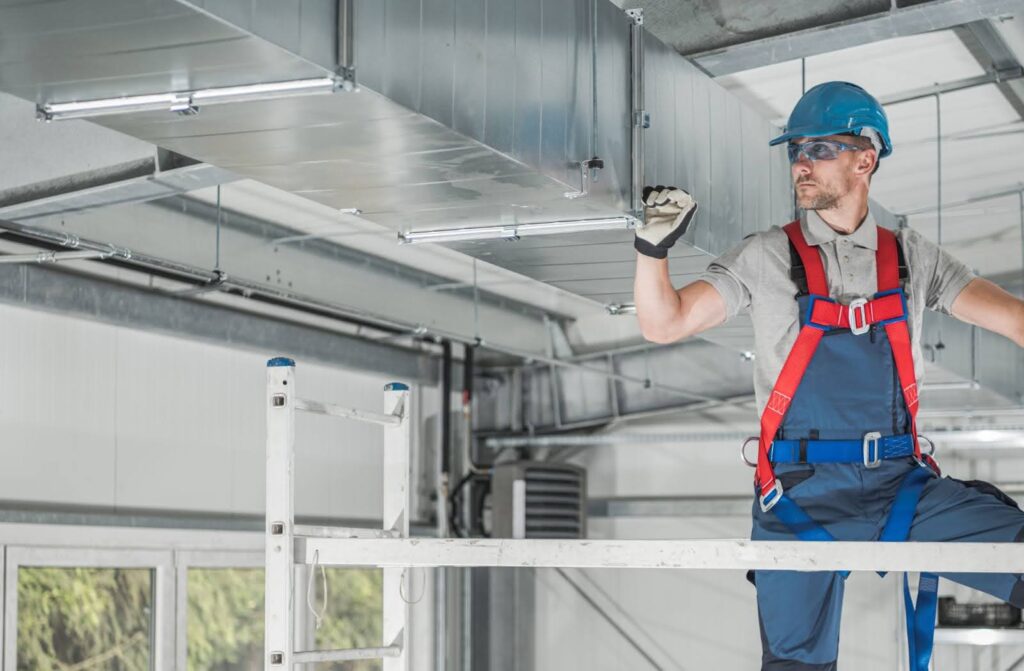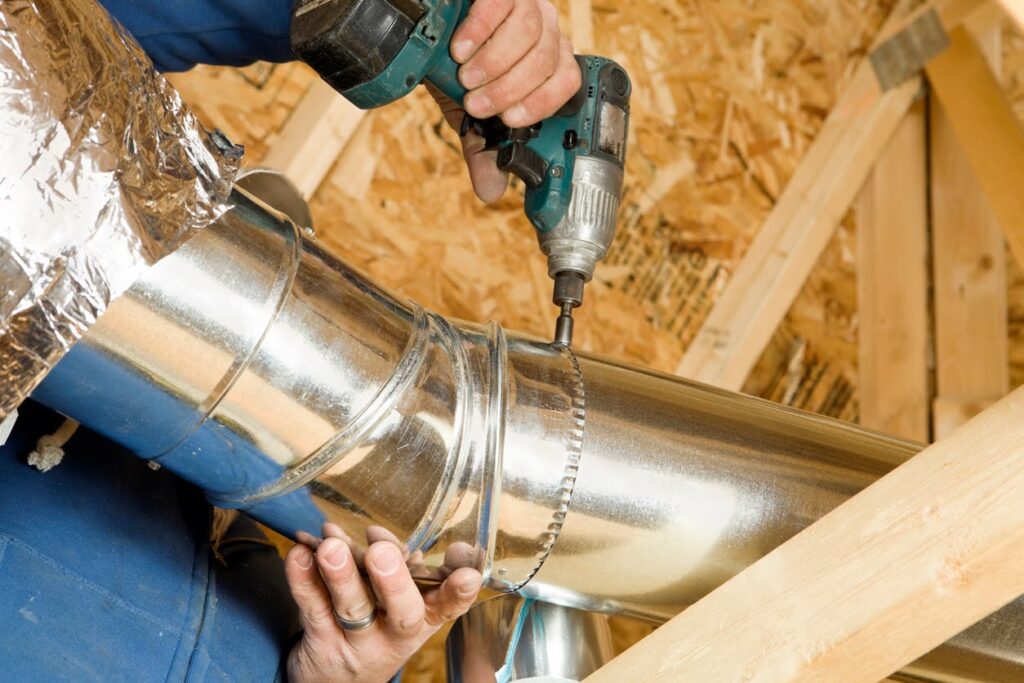About Sheet Metal Duct Fabrication
Sheet metal ductwork is an essential component of HVAC systems in residential and commercial buildings. These ducts are responsible for distributing the conditioned air to different rooms or areas in a building. Fabricating sheet metal ductwork involves several steps and requires specialized skills and tools. As a sheet metal manufacturer, the pros at Avon Lake Sheet Metal understand the importance of fabricating high-quality ductwork that meets the unique needs of our clients. In this blog post, we will explain the fabricating sheet metal ductwork process and provide tips to help clients understand what to look for in a quality product.
Step 1: Design and Planning
The first step in fabricating sheet metal ductwork is designing and planning. This involves assessing the HVAC system’s requirements, determining the airflow needs, and calculating the dimensions of the ductwork. Our team of experts uses software to create a blueprint for the ductwork, which guides the fabrication process. At this stage, it’s crucial to consider the ductwork’s material, thickness, and insulation needs to ensure optimal performance.
Step 2: Material Selection
Sheet metal ductwork is typically fabricated from galvanized steel, aluminum, or stainless steel. The material selected depends on the specific application and the client’s preference. Galvanized steel is the most commonly used material due to its affordability and durability. Aluminum is lightweight and corrosion-resistant, making it an excellent choice for damp or humid environments. Stainless steel is the most expensive option but offers superior strength and durability, making it ideal for high-temperature applications. It’s important to allways assess the type of building and the building’s environment when helping clients make a selection for their ductwork.
Step 3: Cutting and Bending
Once the design and material selections are finalized, the sheet metal is cut and bent to the required dimensions using specialized tools. CNC (Computer Numerical Control) machines are often used to ensure accuracy and consistency in the cutting and bending process. The fabricator must ensure that the edges are smooth and the angles are precise to ensure optimal airflow.
Step 4: Assembly and Joining
The next step is assembling the ductwork using screws, rivets, or welding, depending on the material and application. The quality of the joints and welds will dictate the overall quality of the finished ductwork – the fabricator must ensure that the seams are airtight to prevent leaks and that the ductwork is structurally sound. Even the most beautifully finished ductwork is useless if the seams leak!
In some cases, additional insulation is necessary to prevent energy loss and condensation buildup in the ductwork. The fabricator should apply the insulation material to the ductwork’s outer surface and seal it with vapor barriers and tape to prevent moisture buildup.
Step 5: Quality Control
Before the ductwork is installed, it undergoes a thorough quality control check to ensure that it meets the required specifications. Inspecting the ductwork for leaks, proper insulation, and structural integrity to guarantee optimal performance should be the final step to ensure your installer has delivered a high-quality, efficient product for our client.
In conclusion, fabricating sheet metal ductwork requires specialized skills and tools to ensure that the final product meets the client’s unique requirements. As a client, it’s essential to work with a reputable sheet metal manufacturer that has experience in fabricating ductwork. To guarantee optimal performance, the manufacturer should use high-quality materials, precise cutting and bending tools, and thorough quality control processes.
At Avon Lake Sheet Metal, we have years of experience fabricating high-quality sheet metal ductwork for various HVAC applications. Contact us today to learn more!



